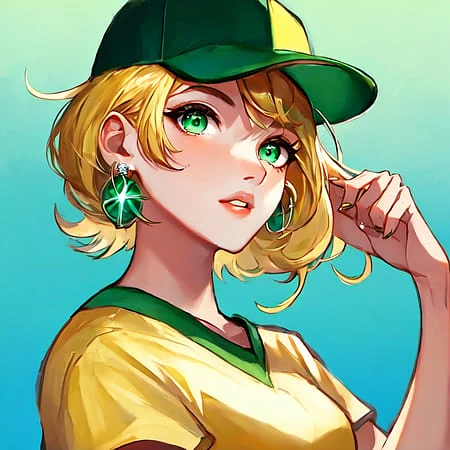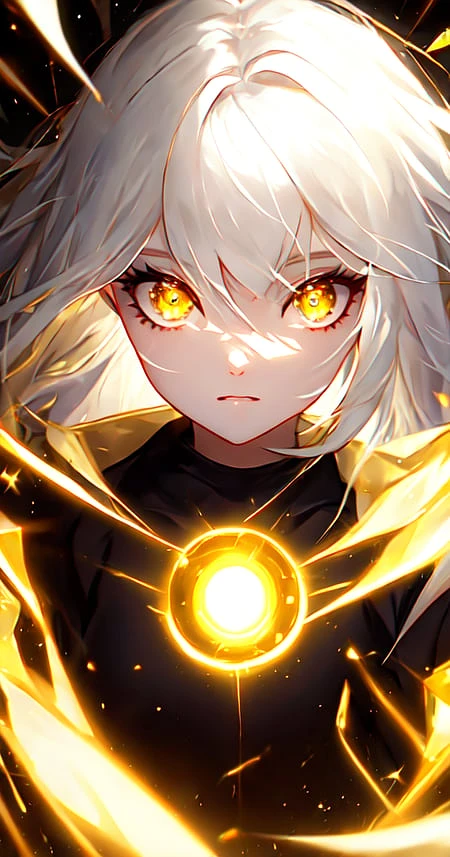OpenNiji-V2
OpenNiji-V2-ReleaseOpenNiji-V2
The NEW Stable Diffusion model trained on 180k Nijijourney images!
Acknowledgements
Results
1girl, eyes closed, slight smile, underwater, water bubbles, reflection, long light brown hair, bloom, depth of field, bokeh
masterpiece, best quality, 1girl, aqua eyes, baseball cap, blonde hair, closed mouth, earrings, green background, hat, hoop earrings, jewellery, looking at viewer, shirt, short hair, simple background, solo, upper body, yellow shirt
1girl, looking at viewer, (highly detailed), (realistic), reflections (transparent) iridescent opaque jacket, long transparent iridescent hair, bloom, depth of field, bokeh, cinematic lighting, dynamic pose, (full body), ((ultra realistic perfect face))
What is OpenNiji-V2?
OpenNiji-V2 is a highly specialized Image generation AI Model of type Safetensors / Checkpoint AI Model created by AI community user Korakoe. Derived from the powerful Stable Diffusion (Other) model, OpenNiji-V2 has undergone an extensive fine-tuning process, leveraging the power of a dataset consisting of images generated by other AI models or user-contributed data. This fine-tuning process ensures that OpenNiji-V2 is capable of generating images that are highly relevant to the specific use-cases it was designed for, such as anime, highly detailed, niji.
With a rating of 5 and over 1 ratings, OpenNiji-V2 is a popular choice among users for generating high-quality images from text prompts.
Can I download OpenNiji-V2?
Yes! You can download the latest version of OpenNiji-V2 from here.
How to use OpenNiji-V2?
To use OpenNiji-V2, download the model checkpoint file and set up an UI for running Stable Diffusion models (for example, AUTOMATIC1111). Then, provide the model with a detailed text prompt to generate an image. Experiment with different prompts and settings to achieve the desired results. If this sounds a bit complicated, check out our initial guide to Stable Diffusion – it might be of help. And if you really want to dive deep into AI image generation and understand how set up AUTOMATIC1111 to use Safetensors / Checkpoint AI Models like OpenNiji-V2, check out our crash course in AI image generation.
Popularity
Info
Latest version (OpenNiji-V2-Release): 2 Files
About this version: OpenNiji-V2-Release
OpenNiji V2 (left as a separate model to help differentiate statistics)




